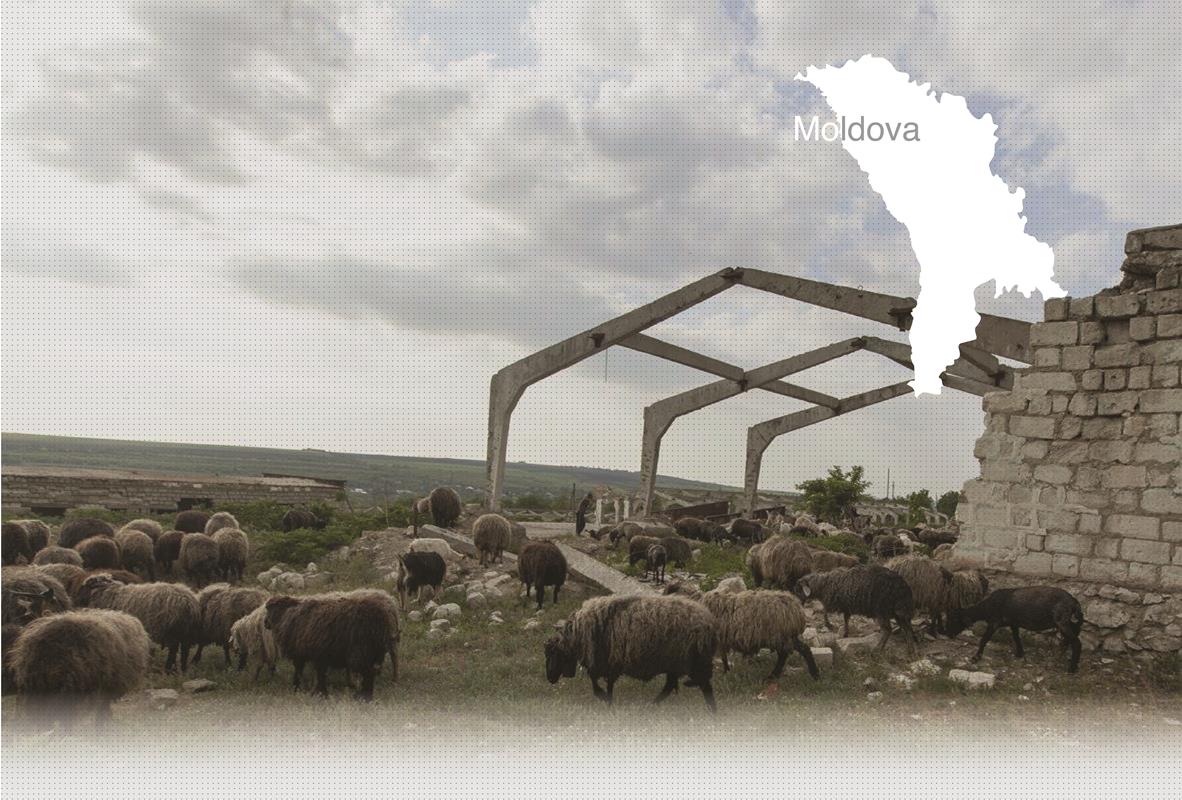

2 Sitio(s) de ejecución
Constantin R., born in 1933:
“One summer night, the soldiers began to surround an empty field with barbed wire. The villagers did not understand why. The next day they brought columns of hundreds of Jews and put them behind that barbed wire. The Jews stayed in this camp for a month and a half. They slept in the open air. There were men, women, and children in the camp. They were not allowed to leave. With my mom, I would sometimes go to give them some bread through the fence. The Jews used to say to the Romanians: "Today you are starving us! One day you will be in our shoes!" The Romanians shot them immediately for saying that. People who were killed or who died were not buried immediately. Once the Jews were taken away, the gendarmes forced seven or eight villagers to dig a trench and bury all the corpses. Once the pit was dug, the villagers arrived with several carts. I think that there were about a hundred bodies. They unloaded all of them from the carts and buried them in this mass grave. When the convoy of the Jews left, the Romanians demolished the camp.”
(Witness N°102, interviewed in Hîrtop, on May 18, 2013)
[…] In Guertop, there was no camp as such, but the Romanians and the Germans brought Jewish detainees to this village. This happened three times. Twice, two groups of Jews spent the night on the outskirts of the village, near the alcohol factory. Some Jews died on the spot because of exhaustion and ill-treatment inflicted by German and Romanian soldiers. Those who could not walk due to exhaustion were beaten, shot, and buried.
Question: Did you personally see how many dead Jews there were? What happened to them afterwards?
Answer: Yes, I saw Jews shot dead. They must have buried them at gunpoint, under orders from German and Romanian gendarmes.
Question: Where were the bodies of the Jews buried?
Answer: There were about seventeen bodies, including children. They were buried in the garden next to the alcohol factory in Guertop. They were not buried in a single pit. They were put in a ditch and covered with earth by three or four people. It was on the order of German and Romanian gendarmes.
[Declaration made by a local villager, Semion B., to the State Extraordinary Commission (ChGK) on April 19, 1944; RG22.002M: GARF: 7021- 96-94]
Hîrtop is a village in northeastern Moldova. It is located about 18km from Florești, the district’s administrative capital. Before the outbreak of WWII, the village was inhabited by Moldovans, Ukrainians, Russians, and Jews. According to YIU’s witness Constantin R., born in 1933, the Jews from Hîrtop were merchants and farmers. He recalls that his mother worked the land of their Jewish neighbor, Moshe Fitmann. The Fitmann family ran a local shop as well.
According to YIU’s witness Constantin R., born in 1933, the local Jews managed to leave Hîrtop before the arrival of Romanian troops. The fate of the Jewish community from Hîrtop remains unknown.
According to the archives of the Soviet Commission, columns of Bessarabian Jews passed through Hîrtop in the direction of the Dniester, most probably in September 1941. The records state that the Jews spent the night on the outskirts of the village, near a local distillery, in the open air and that many of them were shot. The corpses were buried on site by villagers in mass graves, by order of the Germans and Romanians. During the investigation, YIU’s team managed to establish that a transit camp that was not mentioned in the archives had been established in Hîrtop during the occupation. According to YIU’s witness Constantin R., the Jews who were brought to Hîrtop by Romanian soldiers spent at least six weeks there. They were placed in an open field that had been fenced with a barbed wire the day before their arrival. Several hundreds of Jews were imprisoned in the camp, among them men, women, children, and elderly people. The Romanian guards were very harsh and would shoot them without any reason. In addition to this brutal treatment and harsh living conditions, the death rate among the Jews was extremely high due to hunger and disease. Constantin recalls that at least a hundred Jews died during several weeks spent in the camp, especially elderly people, and children. The bodies of the victims were buried only at the liquidation of the camp, after the departure of the Romanian soldiers with the rest of the Jews. Several requisitioned villagers were ordered to dig a big mass grave on the territory of the camp and bury the corpses.
¿Tiene información adicional con respecto a un pueblo que le gustaría compartir con Yahad?
Por favor contáctenos a contact@yahadinunum.org
o llamando a Yahad – In Unum at +33 (0) 1 53 20 13 17